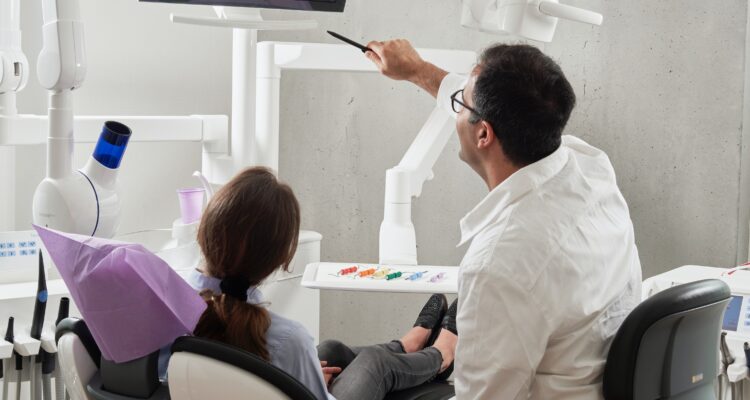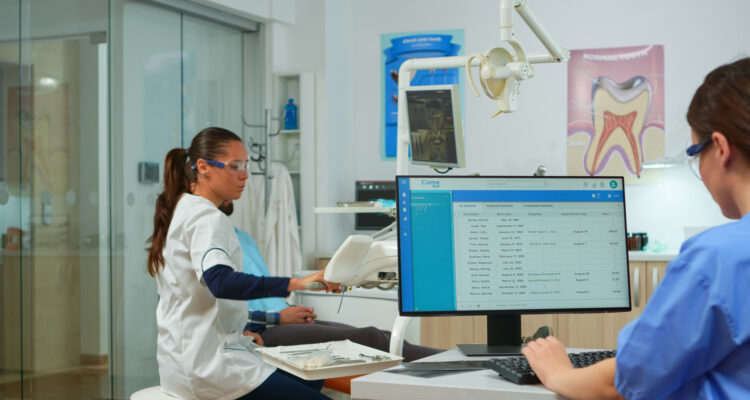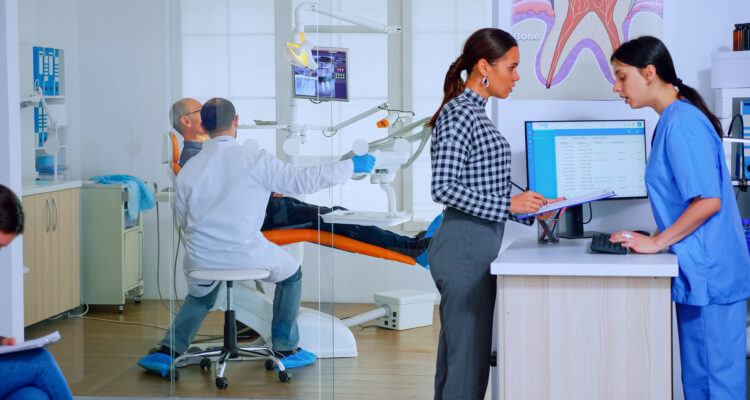
Patient Education Is Broken. And It Is Costing Doctors More Than They Think.
At the Hoot Specialty Treatment Success Center, we study one thing relentlessly. How patients actually get educated. Not how doctors think they educate. Not how brochures promise education works. How it really happens in the real world, inside busy practices, with distracted patients, limited time, and high financial stakes. Here is the uncomfortable truth. Most […]
Read more








